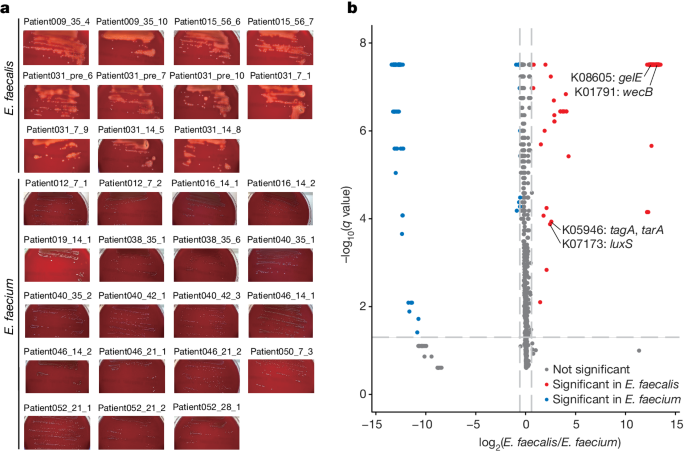An Enterococcal Phage-Derived Enzyme Suppresses Graft-Versus-Host Disease
Introduction
Graft-versus-host disease (GVHD) is a serious complication that can occur after allogeneic hematopoietic stem cell transplantation. It is caused by immune cells from the donor attacking the recipient’s tissues, resulting in a range of symptoms from mild to life-threatening. Current treatments for GVHD often involve immunosuppressive drugs, which can have significant side effects.
The Study
A recent study published in the journal Science Advances has revealed a promising new treatment for GVHD using an enterococcal phage-derived enzyme. Researchers found that this enzyme, dubbed Endolysin LysEA, was able to selectively target and eliminate donor T cells that cause GVHD while preserving immune cells needed for the graft-versus-leukemia effect.
Results
The researchers tested the enzyme in a mouse model of GVHD and found that treatment with LysEA significantly reduced the severity of the disease. The enzyme was able to specifically target the activated T cells responsible for GVHD without affecting other immune cells, leading to improved outcomes for the mice.
Mechanism of Action
LysEA works by breaking down the cell wall of the targeted T cells, causing them to undergo cell lysis and die. This targeted approach minimizes the impact on other immune cells, reducing the risk of infections and other complications commonly associated with current GVHD treatments.
Conclusion
The findings of this study provide new hope for the treatment of GVHD, offering a potentially safer and more effective alternative to current therapies. Further research is needed to confirm the efficacy and safety of LysEA in humans, but the results so far are promising.
FAQs
What is graft-versus-host disease?
Graft-versus-host disease is a condition that can occur after allogeneic stem cell transplantation, where the donor’s immune cells attack the recipient’s tissues.
What are the symptoms of GVHD?
Symptoms of GVHD can vary in severity and may include skin rashes, diarrhea, nausea, and fatigue. In severe cases, GVHD can be life-threatening.
How does LysEA work to suppress GVHD?
LysEA targets and eliminates activated T cells that cause GVHD by breaking down their cell walls and inducing cell lysis. This selective approach preserves other immune cells needed for the graft-versus-leukemia effect.




